As a kid one of my favorite things to do each weekend was to huddle up with my siblings, and watch Transformers cartoon series. The show reached out to our childish imagination, with its robots transforming into cool, and colorful cars, jets, and sometimes even crazier things like a Star Wars battle ships. The cartoon series was born in Japan, and the first run took place from 1980 to 1993. The premise of the show was very simple, yet exciting; two different groups of robots transform into cool things and battle it out – the funny thing is that no side ever really won, so the show continued, and as we got older our focus shifted more towards different cartoon series as transformers started airing less in US, and finally stopped (this is before internet was available to many households, so online viewing was not possible). In this essay I will be looking at Male Gaze, and Oppositional Gaze, and the evidence of how it is present in Hollywood, and the 2007 Block Buster – Transformers.
Now fast forward to 2000. Cartoon network decided that that they would pick up the series and remake it, giving it a new story, and a fresh start. By this time, I was in my late teens, a junior in high school, but I would still make time to enjoy the series. The first thing I noticed is that the series had lost its simple yet effective charm of good guys vs bad guys, each episode would focus on a human element that was missing from the Japanese original and added some sort of drama. I did not like the cartoon network version very much, so I stopped watching the series, and watched more of family guy/ south park. Sometime passed and while watching a movie in a theater with friends, we saw preview of what came to be the most illogical, stereotypical movie of 2007. This was off coarse Transformers the movie directed by Michael Bay.
While the idea was great and fun, the execution, and the direction the movie took was extremely poor, it almost seemed like it was written by a 13-year-old, and it was almost amazing to see that the movie was OK’d by the cast. Now to be fair it is not the worst movie I have seen, that honor would go to “The Room” but it was still extremely bad. To start with the movie has lots of explosions, so if you are a fan of fireworks or feel like you missed the 4th of July fireworks in your city just watch the first transformers movie, and your urge for watching fireworks will be satisfied for the next few years. Now let’s talk about more serious things in the movie – the Characters, especially the female cast of the movie. In my humble opinion I can’t seem to find out what motived them to sign up for this movie, after they read the script.
Alongside Sam we have two important (but not important, you will see why) female characters in the movie. The first is Mikaela (Megan Fox), and second is Sam’s mom (Julie white, a traffic actor who is not given much to work with). While Megan Fox has potential for good acting, the big issue in this movie is that the director reduces her role to be eye candy for other characters in the movie, and the audience. Transformers uses Mikaela as an object of Male Gaze (Laura Mulvey – Visual Pleasure, and Narrative Cinema). If we examine Mikaela’s introduction scene, we notice that the we don’t really go into depth to build her character up e.g. what is she going to school for? What are her future plans after high school? What does she want to do in her life? Why is she not given any intellectual character development? None of those questions are ever brought up, but instead our focus becomes how well she knows cars, and how well she knows sexual relationships. In her introduction scene the camera pans over her sweating body, starting from stomach, panning over her legs, and finally her breast, and face – I kid you not, but this scene is uncomfortably long, maybe a 2-3 minutes. This theme continues in the movie, because Sam’s whole family comments on Mikaela and her looks, but even the robots in the movie are commenting, which seems a bit odd since they don’t have any concept of attraction or gender attraction, but yes, the movie goes there, because for some reason it thinks it needs to (Robotic Gaze? I am not sure, as we also see a little robot trying to hump Mikaela’s leg for no apparent reason). We notice that after Sam graduate’s college, he is going to a 4-year university while his girl-friend has no goals afterwards, none that she mentions, or the movie ever brings up. Mikaela is just there to be saved by Sam, first by her weird boy-friend, second by the hordes of transformers that are invading the earth. When in trouble Mikaela screams from scene to scene and is not able to take decisions on her own unless Sam or the autoboots (good transformers) are there to make the choice for her. Sam’s mon the only other important female character and is also given zero depth to her character, her main purpose in the movie is to make jokes, that aren’t very funny, she is very one dimensional, and shown how a cool mom figure should behave, but nothing she does is cool – e.g. commenting on Sam’s girlfriend, laughing at her dogs having sex, getting high and making wise cracking jokes. The things are funny, but again they make the character look very stupid, because besides these things she is helpful to the movie in any other way. Male gaze is extremely evident in this movie, misogynistic themes are present all over the place.

Another thing that a critical viewer will notice is the lack of black female characters. The movie has no black female characters at (Bell Hooks – Oppositional Gaze) – since there is a lack of female representation oppositional gaze can still be applied to women in this film. The issue is that how can female audiences of color connect themselves to this movie? Well they can’t – at all, due to the lack of representation – they are not represented and missing. Most people of color in this movie serve as comic relief characters, but that’s a topic large enough to be discussed by itself. We see that (Mulvey) that the male protagonist is manipulating the plot while the female alongside is just along for the ride and accommodate his needs.
Overall the lack of strong female characters, and their representation in this transformers movie has led to be more critical of the series, and as new transformers movies have been released in the past few years, which I have also seen due to requests from friends, and family members the issues from the first movie are exacerbated, and criticized by the audience, and reviewers. Even though the Transformers movie premise is a fun and exciting one, I think the director should take a different approach. If the movie wants to focus on drama, it should give its male, and female characters stronger, more intellectual character development. The main protagonist could be a strong, independent female/ female of color. (like the one from the fallout game series, or like the one from the newest tomb raider game). I also think that the film deserves a new director, as Michael Bay has made the issues worse in the later iterations of the movie. Nothing against Mr. Bay, but sometimes it is helpful to apply new ideas instead of rehashing old ones. Come on Hollywood “Just Do it” – and yes I am not quoting Nike, its Shia LaBeouf.
Material used:
Laura Mulvey – Visual Pleasure and Narrative Cinema (Male Gaze)
Bell Hooks – The Oppositional Gaze, Black Female Spectators
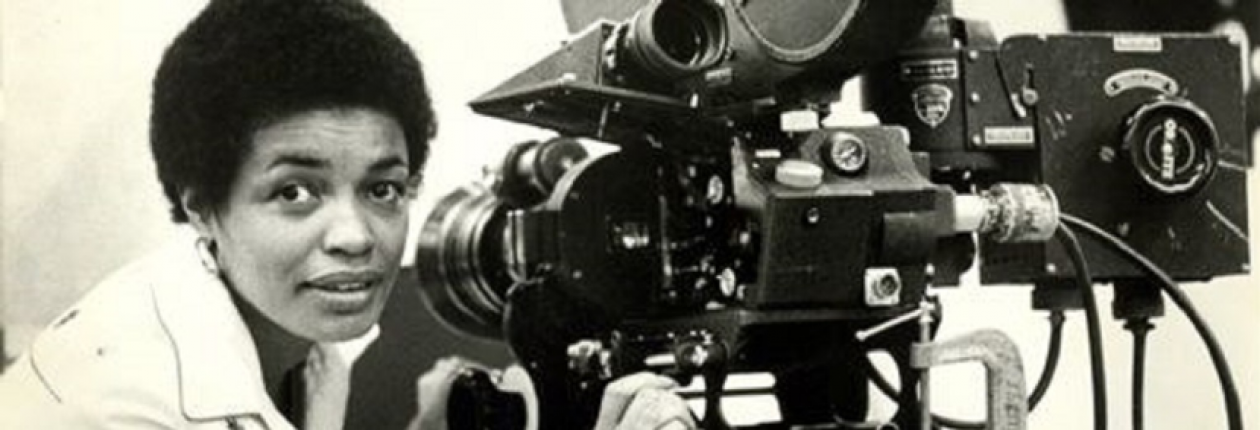








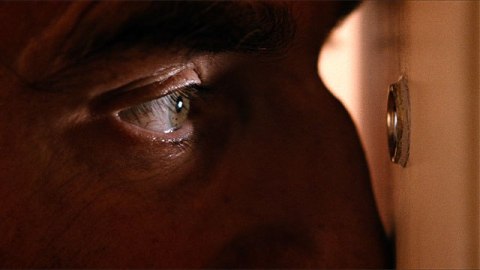
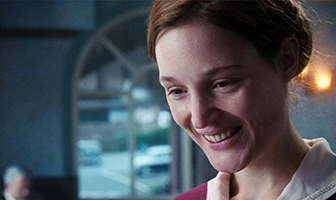
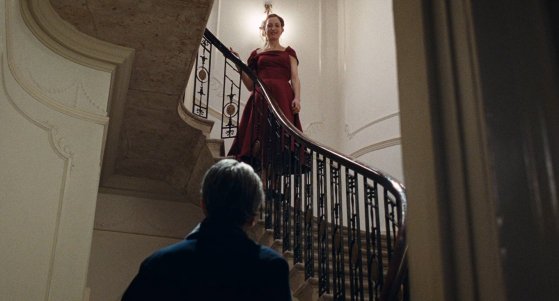
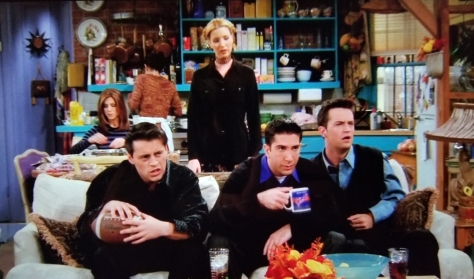
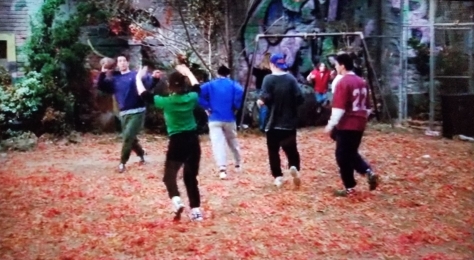

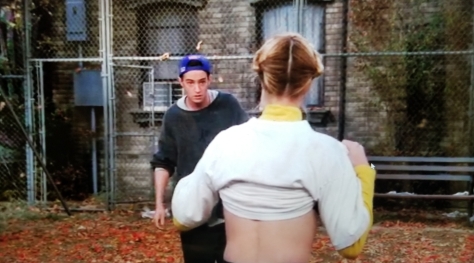
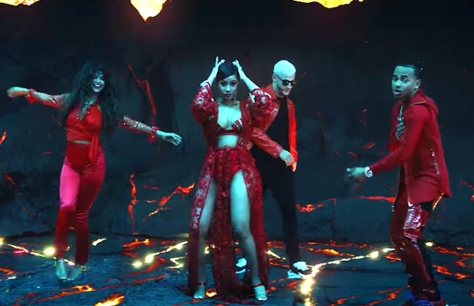
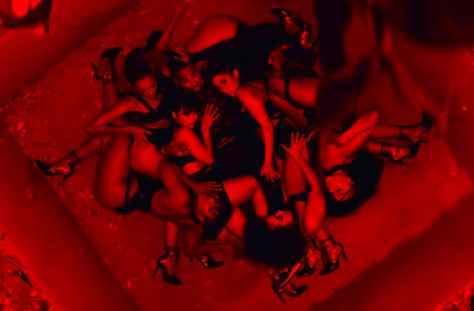



 Cutely racist
Cutely racist A long way from the French ghettos
A long way from the French ghettos